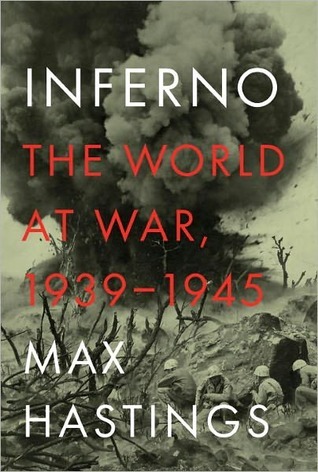More on this book
Community
Kindle Notes & Highlights
The Russians eventually killed more than 4.5 million German soldiers, while American and British ground and air forces accounted for only about 500,000. These figures emphasise the disparity between respective battlefield contributions.
THE PRINCIPAL VICTIMS of the campaign were the people of Italy. If Benito Mussolini had preserved Italian neutrality in 1940, it is possible that he might have sustained his dictatorship for many years in the same fashion as General Franco of Spain, who presided over more mass murders than the Duce, yet was eventually welcomed into membership of NATO.
“What a homecoming it was!” wrote a German soldier who returned from the Russian front in 1944. “We had heard, of course, about the Allied air attacks on the German cities. But what we saw from our [train] windows was far beyond what we had expected. It shocked us to the very core of our being. Was this what we had been fighting for in the east? … The faces of the civilians were grey and tired, and in some of them we could even see resentment, as if it was our fault that their homes had been destroyed and so many of their dear ones burnt to cinders.”
Among those who found themselves in the path of the Soviet juggernaut were the 9 million people of Hungary, who found an ironic black humour in reminding one another that their nation had been defeated in every war in which it had participated for 500 years. Now they faced the consequences of espousing the losing side in the most terrible conflict of all.
It is important to emphasise that, even after newsreels from liberated Belsen and Buchenwald had stunned the civilised world, the full extent of the Jewish genocide became understood only slowly, even by Western governments.


